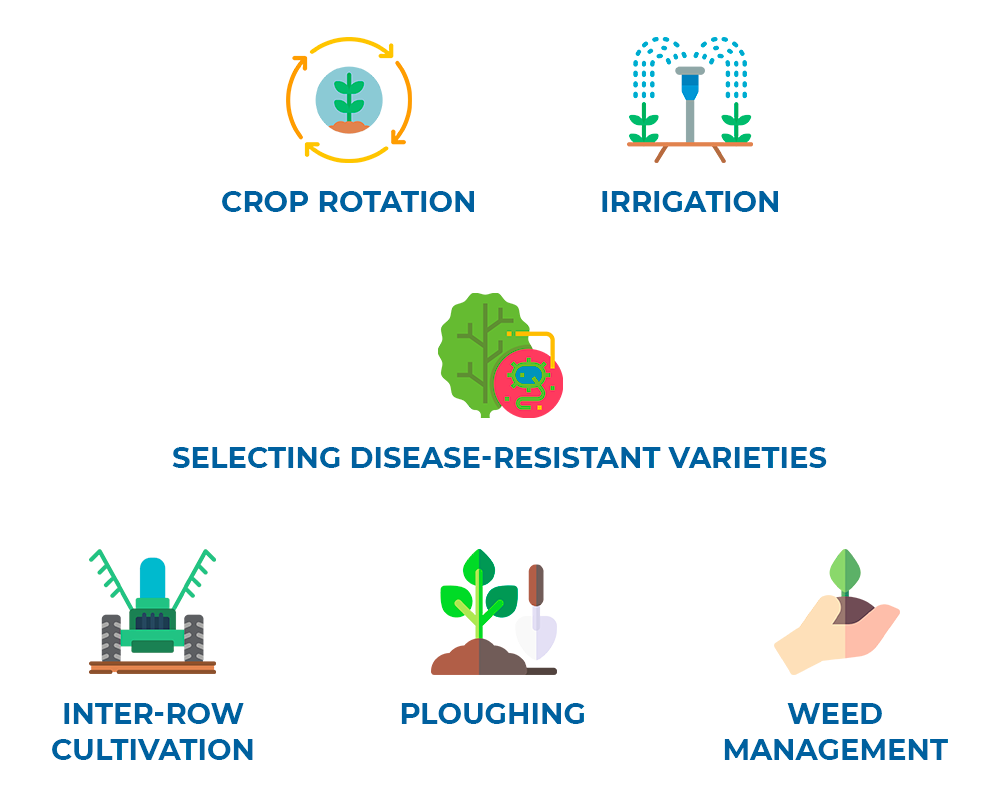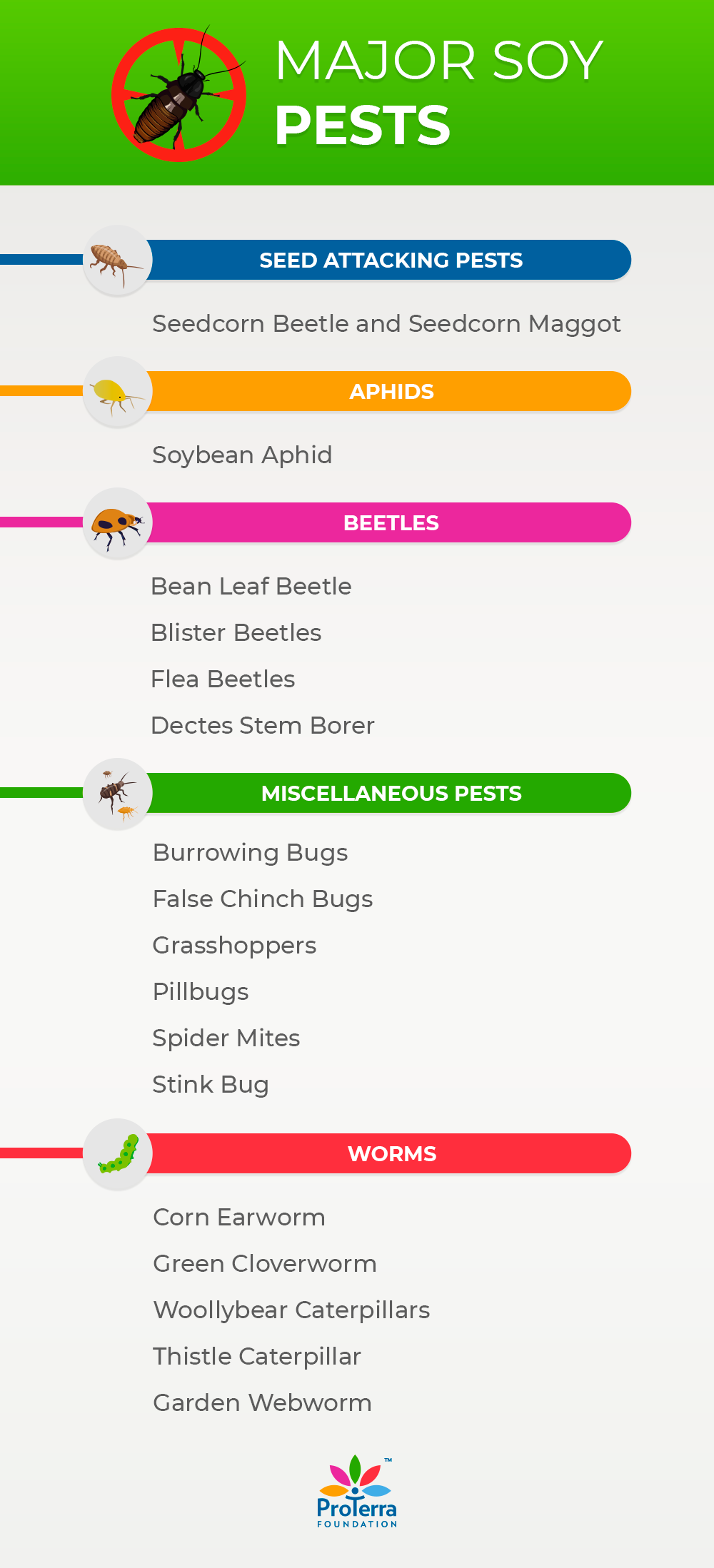Integrated Pest Management
Integrated Pest Management, commonly known as IPM, is a pest and disease management approach based on the knowledge of disease and pest life cycles and their interaction with the environment.
IPM is a complex approach to provide disease or pest control by the most economical means, and with the least possible hazard to people and the environment, seeking to maintain the balance of the ecosystem, to reduce the environmental, social, economic impact and to decrease production costs.
The Food and Agriculture Organization of the United Nations defines IPM as “the careful consideration of all available pest control techniques and subsequent integration of appropriate measures that discourage the development of pest populations and keep pesticides and other interventions to levels that are economically justified and reduce or minimize risks to human health and the environment. IPM emphasizes the growth of a healthy crop with the least possible disruption to agro-ecosystems and encourages natural pest control mechanisms.[1]”
IPM is an important tool for sustainable agriculture and was established for the soybean crop in the 1970s, scientists have been pushing the introduction of IPM pest control since then.
IPM is a broad concept that integrates procedures for economic control over pests. IPM aims to suppress pest populations below the economic damage threshold (EIL). That means that chemical interventions should only be considered when insect populations or the level of disease have reached or exceeded a certain level that could cause economic damage if left untreated. These thresholds have been determined for most of the major pests and diseases of the soybean plant.
IPM focuses on good agrotechnical practices; crop rotation, irrigation, selecting disease-resistant varieties, fertilizers, ploughing, inter-row cultivation, weed management and harvest have a special role in IPM. Using good agronomic practices to encourage competitive crop growth can be very effective and cost-efficient, besides the advantage of presenting little to no risk to human beings or the environment.
The goal is to guarantee the fast and healthy development of soya bean plants so that also the damage caused by pests can be decreased. Measures, among others, include field monitoring, combining all available control options, using prevention-based strategies and considering economic thresholds when applying control measures.
IPM is an approach that changes continuously as we gain more knowledge about the crops, the pests, and the natural enemies that are present in each particular field and new strategies are developed accordingly. Integrated pest management can be seen as a continuous improvement, and the goal is to use all appropriate and available strategies.
Stem Borers
There is a complex of insects that occur in soybean crops. The most frequent insects requiring major care are lepidopterans and stink bugs. These insects cause direct damage (yield reduction) and indirect damage (reduce grain quality) to the soybean crop.
In addition, in Brazil there is the occurrence of cucurbit beetle, Diabrotica speciose, and whitefly, Bemisia tabaci, with the potential to cause economic damage to soybean. B. tabaci causes damages due to the secretion of honeydew, that causes mould growth, which interferes with photosynthesis, as well as transmitting viruses such as the Carlavirus Cowpea mild mottle virus (CpMMV).
Defoliating insects
In this case the consumption of the leaf area and the consequent reduction of the photosynthetic rate are characterized as the main damage to the soybean crop. The velvetbean caterpillar, Anticarsia gemmatalis, is historically recognized as one of the major pests of the soybean plant together with the soybean looper, Chrysodeixis includens.
Outbreaks of caterpillars that were previously considered unimportant are causing a change in the population dynamics of insect occurrence in soybean crops in Brazil. The caterpillars of the genus Spodoptera are expanding the most, attacking both in the vegetative and reproductive stages of plant growth.
➡️ Read more about Diseases in soy production here.




